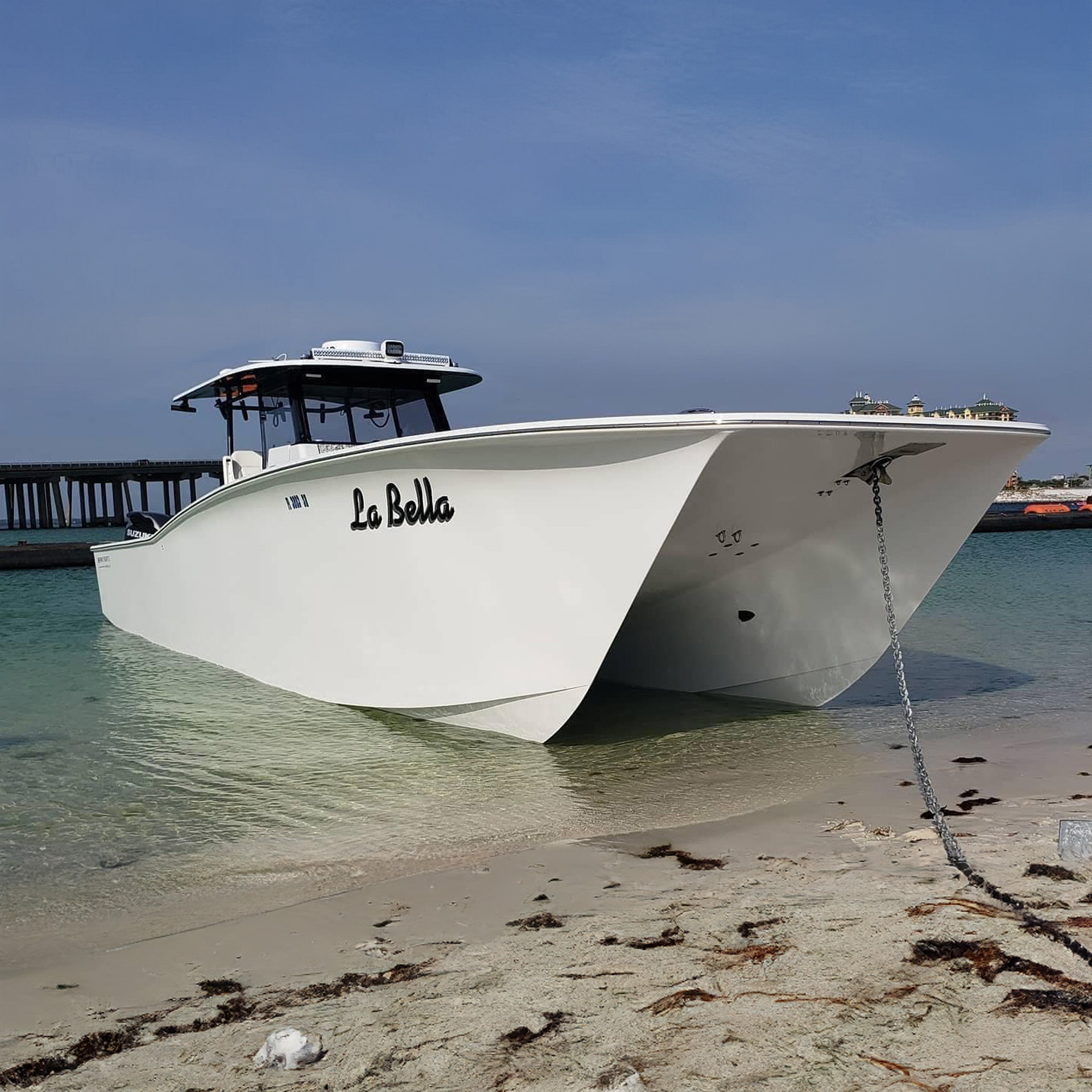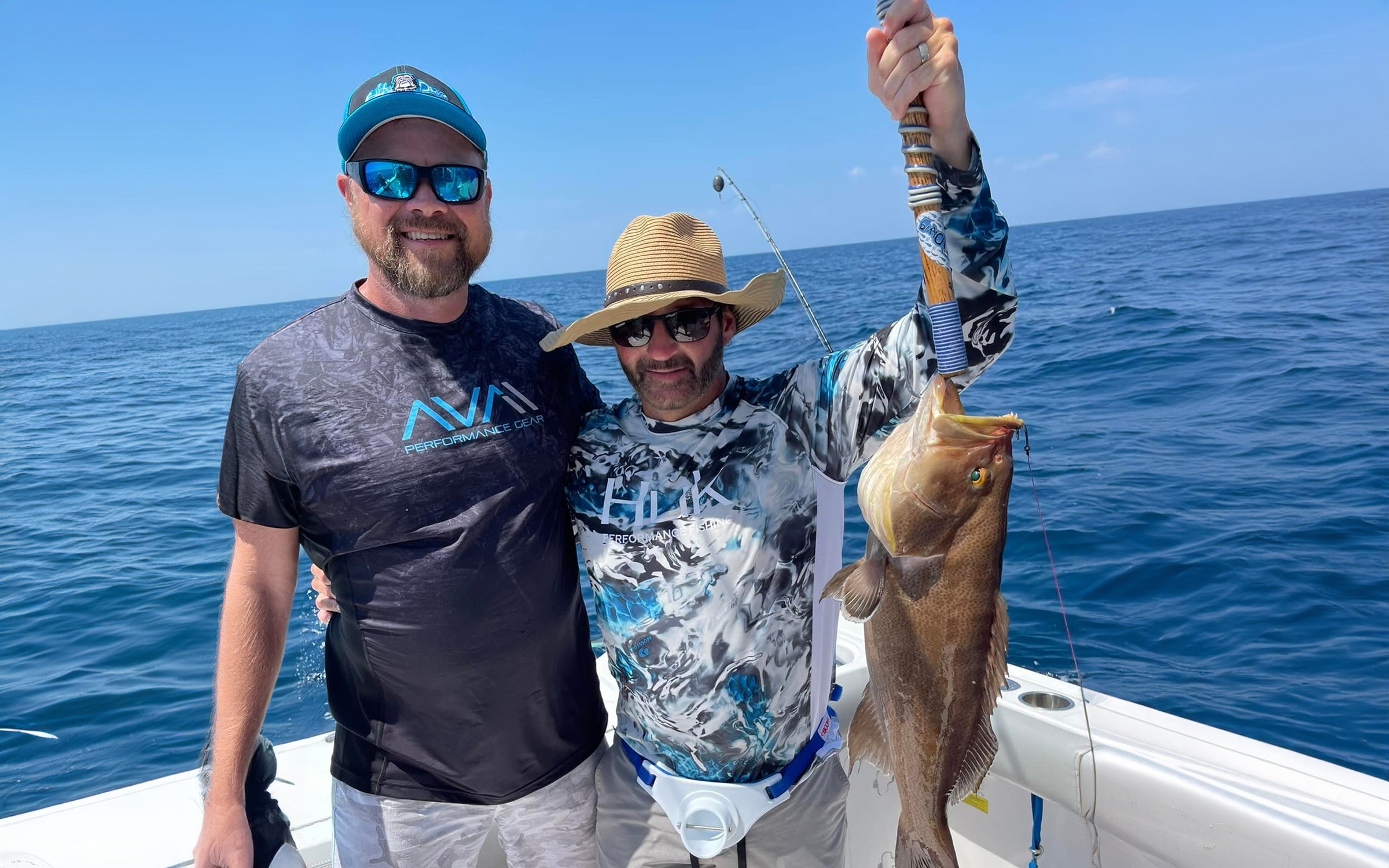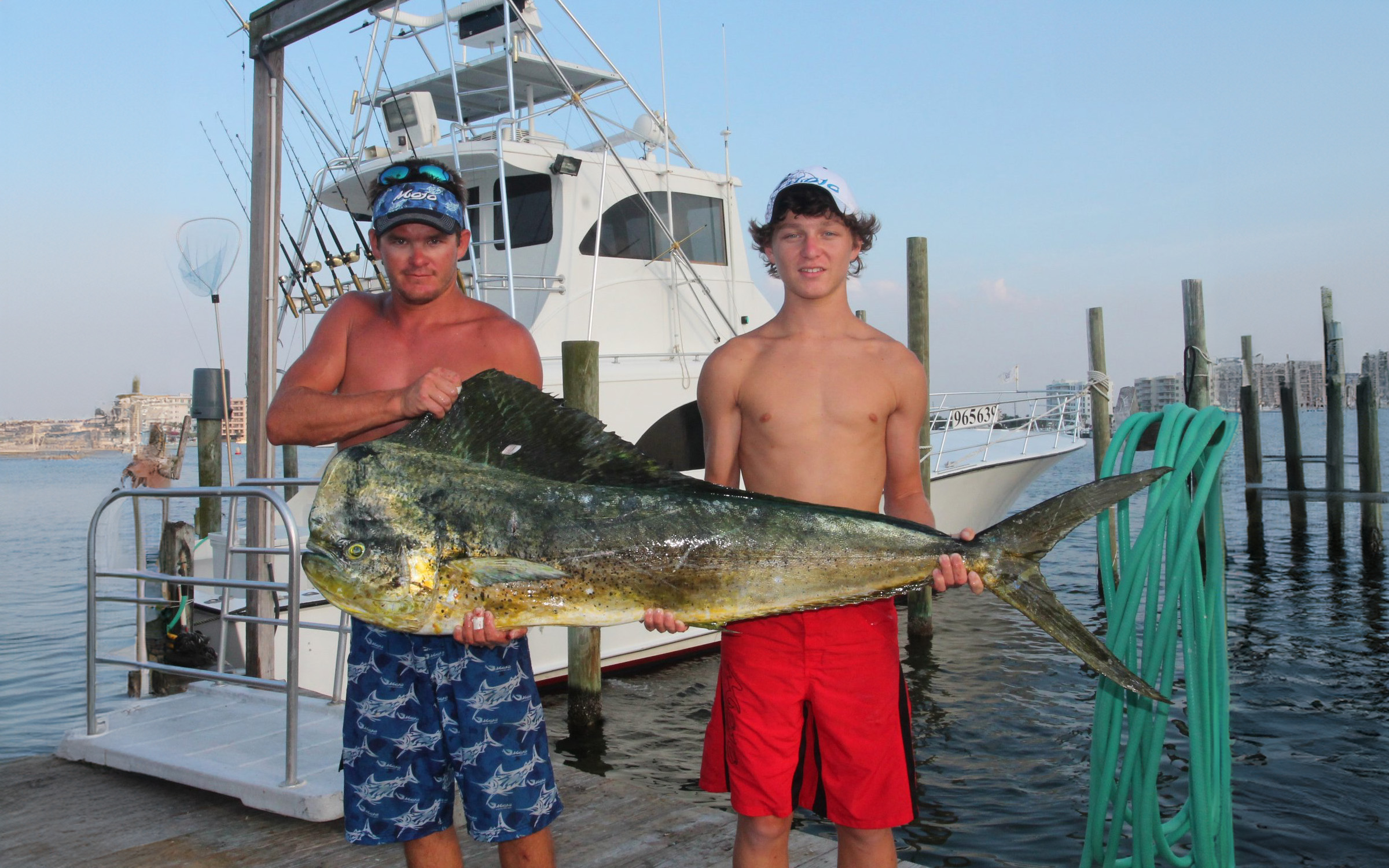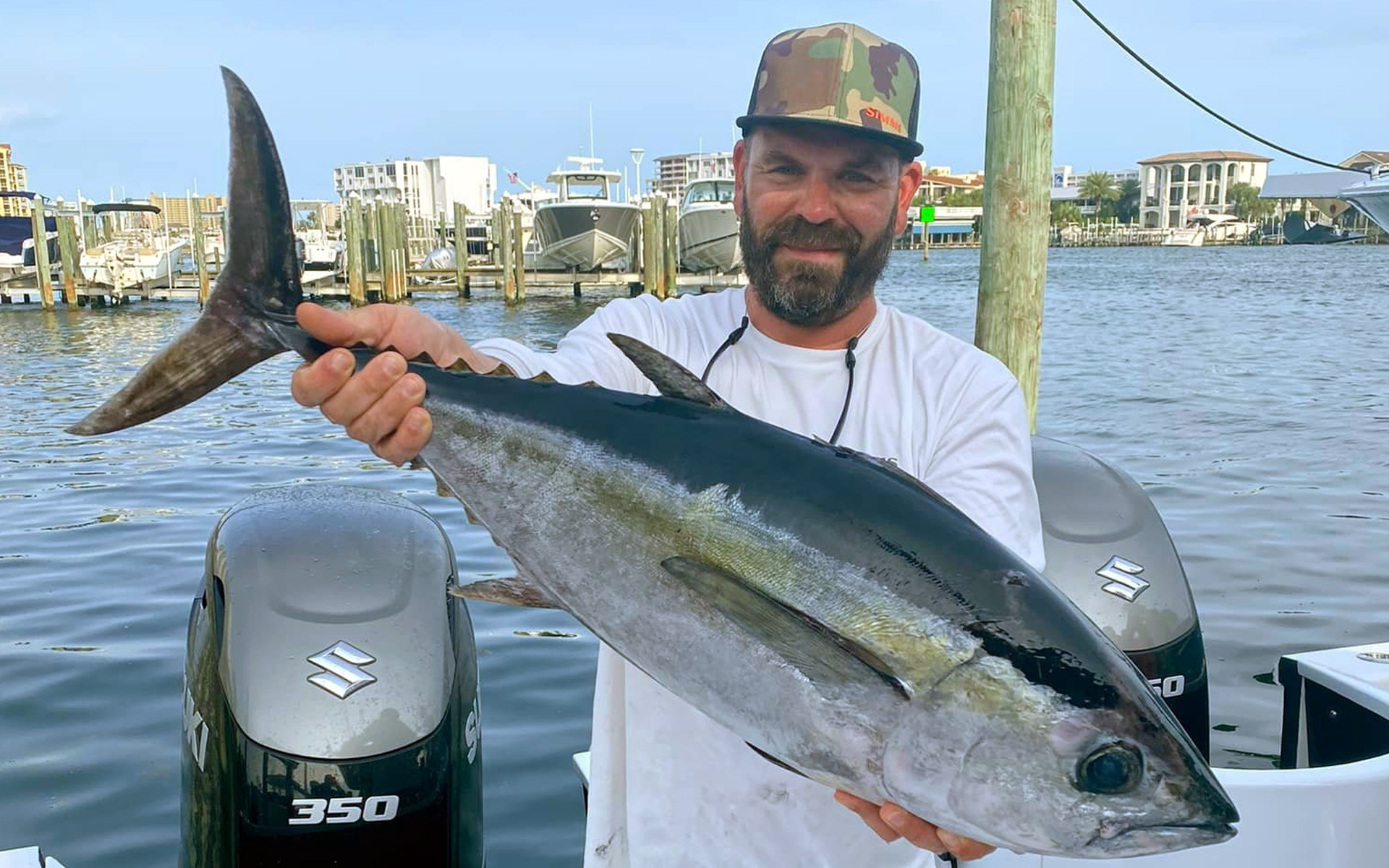Slow trolling with live bait is one of the most effective ways to target pelagic species like wahoo, king mackerel, and mahi-mahi off the coast of Destin, Florida. On the Labella, we’ve dialed in our approach to maximize success—and I’m excited to share a few key techniques we use when live baiting.
One of my favorite parts of live baiting around big wrecks, natural structure edges, or floating debris like sargassum or flotsam is using light spinning tackle. The visual excitement of topwater explosions makes the experience even more thrilling.
Here’s how we do it:
- Trolling Speed: We maintain a slow pace of 1 to 2 knots. This speed keeps the bait swimming naturally without stressing it out.
- Bait Handling: We minimize direct contact to keep the bait lively. Using dehookers or small nets helps avoid injury and keeps them effective longer.
- Rigs: We typically use #7 wire with either a single circle hook or a single treble hook followed by a short stinger hook, placed 4–5 inches behind the front hook.
- Rod & Reel Setup: Our gear includes 6’6″ to 7’6″ medium-to-heavy spinning rods paired with 5000–8000 size reels, or conventional reels in the 30–50 lb class. These are spooled with 30–50 lb braided line and a 6–10 ft fluorocarbon leader for strength and stealth.
- Bait Positioning: We vary depths using downriggers or rubber-banded bank sinkers (16–24 oz) to get baits into the strike zone.
- Bait Behavior: A sudden change in bait movement—especially erratic swimming—is often a sign predators are nearby. That’s when the real action begins.
If you’re ready to experience the adrenaline of live baiting big fish, BOOK NOW or give us a call to schedule your next offshore adventure.





